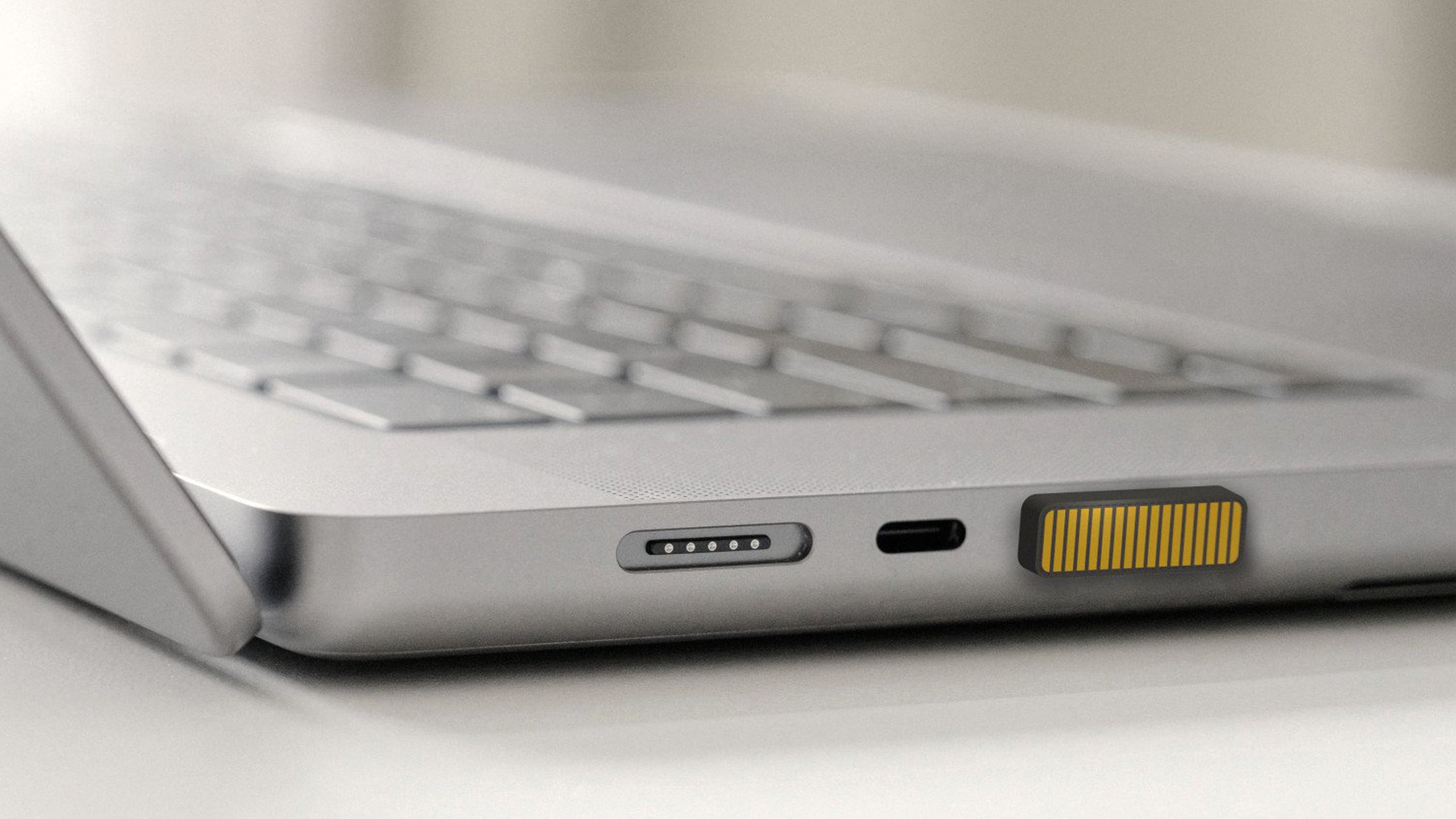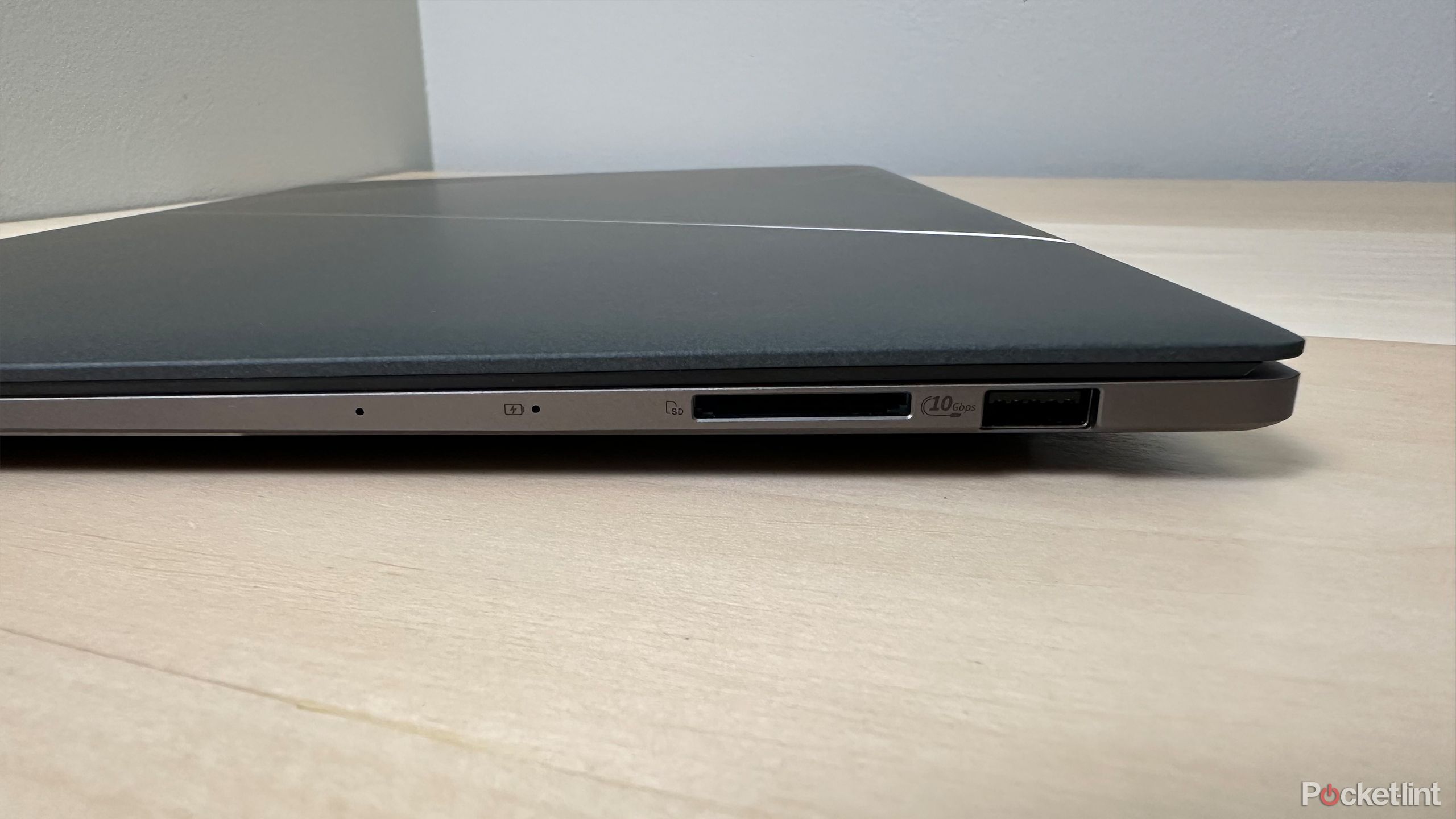Summary
- Traditional USB-A-style ports come in one of three main varieties: uncolored, dark blue, and teal.
- This color-coding system serves the purpose of designating bandwidth speeds.
- Unfortunately, color alone often isn’t enough to determine the underlying USB specification you’re working with.
For the most part, the existence of Universal Serial Bus (USB) has been a net positive for the consumer tech industry. The universal standard has replaced the need for dozens of proprietary and single-purpose plugs, which in turn has streamlined the world of computing, gaming, and mobile device charging.
Over the years, the USB Implementers Forum (USB-IF) has outlined and minted numerous USB specifications, both in terms of physical plug designs and in terms of underlying technological protocols.
Unfortunately, the USB-IF is notoriously bad when it comes to naming conventions — the current lineup of USB protocols is a rather confusing mess from a user-facing point of view. USB-C was set to rectify many of these more confusing elements, but, instead, it’s arguably muddied the waters even more so than before.
Related
Your smart TV’s USB port is surprisingly useful
The versatile port is often overlooked, but here are four ways it can change how you use your smart TV.
Why are some USB ports colored while others aren’t?
In short, the colors represent different total bandwidth capabilities
Historically speaking, the most popular and ubiquitous variety of USB is the USB-A plug. First introduced in 1996, the physical plug is symmetrically rectangular, but not reversable.
USB-A was once a staple of just about every desktop, laptop, and gaming console out there, and for good reason — the plug is reliable, genuinely universal, and flexible from a utility standpoint. While less commonly used today, it can still be found across a wide array of modern consumer devices.
However, lesser known is the fact that USB-A ports adhere to a specific color-coating system. Some ports remain black or uncolored, some are dark blue, and others are teal. These three colors designate specific USB tech standards: USB 2.0 Hi-Speed, USB 3.0 SuperSpeed, and USB 3.1 SuperSpeed+, respectively.
…lesser known is the fact that USB-A ports adhere to a specific color-coating system.
Retroactively, the USB-IF has rebranded these USB specifications on a number of occasions. The most up-to-date naming convention, along with corresponding color tones, follows as such:
- USB 2.0 (Hi-Speed) — black / colorless
- USB 5Gbps — dark blue
- USB 10Gbps — light blue
- USB 20Gbps — n / a
USB 20Gps, otherwise known as USB4, doesn’t feature its own dedicated color. The reason for this is that USB4 is exclusively available via physical USB-C-shaped ports, which jettison the coloring conventions entirely.
Yes, you heard that right: newer devices that feature mightily small-yet-reversable USB-C ports lack any sort of visual demarcations to indicate underlying speed, wattage, or other essential specs. That is, unless a specific device or cable manufacturer goes out of their way to do so of their own volition.
Thankfully, other devices like game consoles and many Windows 11 PCs continue to adhere to color-coating.
To add gasoline to this already confusing situation, some hardware manufacturers that have traditionally shipped devices with USB-A ports — including Apple — have decided against color-coating for aesthetic reasons. Thankfully, other devices like game consoles and many Windows 11 PCs continue to adhere to color-coating.

Related
Apple’s transition to USB-C is nearly complete, but ports were never the problem
Mac accessories now use USB-C ports, even if some of Apple’s other questionable design choices remain.
Which USB color fits my USB use-case?
Here’s the lowdown on the capacity of USB ports
USB Implementers Forum / Pocket-lint
Generally speaking, black USB-A (2.0) ports are good for trickle-charging peripherals like game controllers and for plugging in mice, keyboards, and more. Dark blue USB-A (3.0) ports, meanwhile, offer a more powerful 5Gps bandwidth for speedier data transfer rates. For quickly moving digital files from one device to the next, a blue port is the way to go.
Light blue ports, which represent 10GBps speed rates, are relatively less common. Most USB ports of this speed utilize the newer USB-C physical port standard, but some older USB-A (3.1) ports are still kicking around.
For the most part, a dark blue USB-A port is the ideal middle-ground for most people.
The added bandwidth rate makes transferring of large quantities of digital files much faster overall, though not a lot of peripherals out there can currently make use of these faster speeds.
For the most part, a dark blue USB-A port is the ideal middle-ground for most people. 5Gps transfer speeds are adequate for general every-day file transferring, and it’s also enough bandwidth to connect an external hard drive or SSD to a modern game console.

Related
This USB-C device makes changing the volume on your laptop effortless
SoundSlide is a USB-C device that makes it so you can adjust the volume of your laptop with the swipe of your finger.
Trending Products
![cimetech EasyTyping KF10 Wireless Keyboard and Mouse Combo, [Silent Scissor Switch Keys][Labor-Saving Keys]Ultra Slim Wireless Computer Keyboard and Mouse, Easy Setup for PC/Laptop/Mac/Windows – Grey](https://m.media-amazon.com/images/I/415Vb6gl+PL._SS300_.jpg)
cimetech EasyTyping KF10 Wireless Keyboard and Mouse Combo, [Silent Scissor Switch Keys][Labor-Saving Keys]Ultra Slim Wireless Computer Keyboard and Mouse, Easy Setup for PC/Laptop/Mac/Windows – Grey

AOC 22B2HM2 22″ Full HD (1920 x 1080) 100Hz LED Monitor, Adaptive Sync, VGA x1, HDMI x1, Flicker-Free, Low Blue Light, HDR Ready, VESA, Tilt Adjust, Earphone Out, Eco-Friendly

Wireless Keyboard and Mouse Ultra Slim Combo, TopMate 2.4G Silent Compact USB 2400DPI Mouse and Scissor Switch Keyboard Set with Cover, 2 AA and 2 AAA Batteries, for PC/Laptop/Windows/Mac – White

HP 2024 Laptop | 15.6″ FHD (1920×1080) Display | Core i3-1215U 6-Core Processor | 32GB RAM, 1.5TB SSD(1TB PCIe & P500 500GB External SSD) | Fingerprint Reader | Windows 11 Pro

Thermaltake View 200 TG ARGB Motherboard Sync ATX Tempered Glass Mid Tower Computer Case with 3x120mm Front ARGB Fan, CA-1X3-00M1WN-00

SAMSUNG FT45 Sequence 24-Inch FHD 1080p Laptop Monitor, 75Hz, IPS Panel, HDMI, DisplayPort, USB Hub, Peak Adjustable Stand, 3 Yr WRNTY (LF24T454FQNXGO),Black

Dell Inspiron 15 3520 15.6″ FHD Laptop, 16GB RAM,1TB SSD, Intel Core i3-1215U Processor(Beat i5-1135G7), SD Card Reader, WiFi, Bluetooth, Webcam, Win 11 Home, Alpacatec Accessories, Carbon Black
![Dell Inspiron 15 3000 3520 Business Laptop Computer[Windows 11 Pro], 15.6” FHD Touchscreen, 11th Gen Intel Quad-Core i5-1135G7, 16GB RAM, 1TB PCIe SSD, Numeric Keypad, Wi-Fi, Webcam, HDMI, Black](https://m.media-amazon.com/images/I/51O3nNfyJPL._SS300_.jpg)








